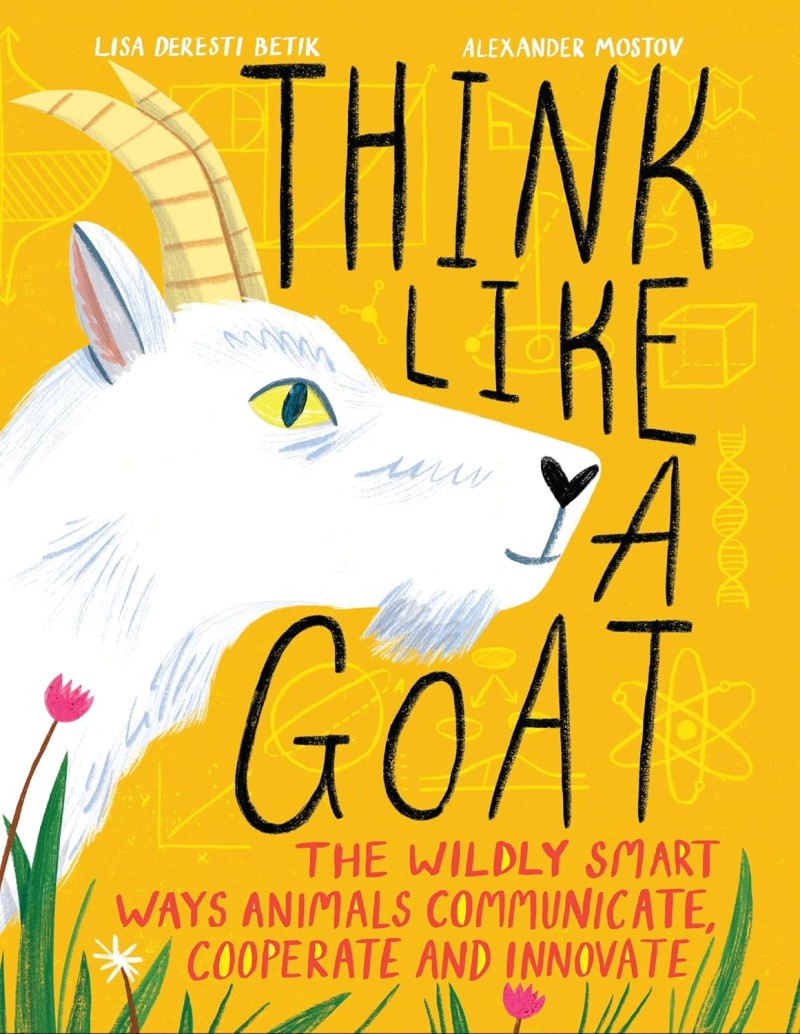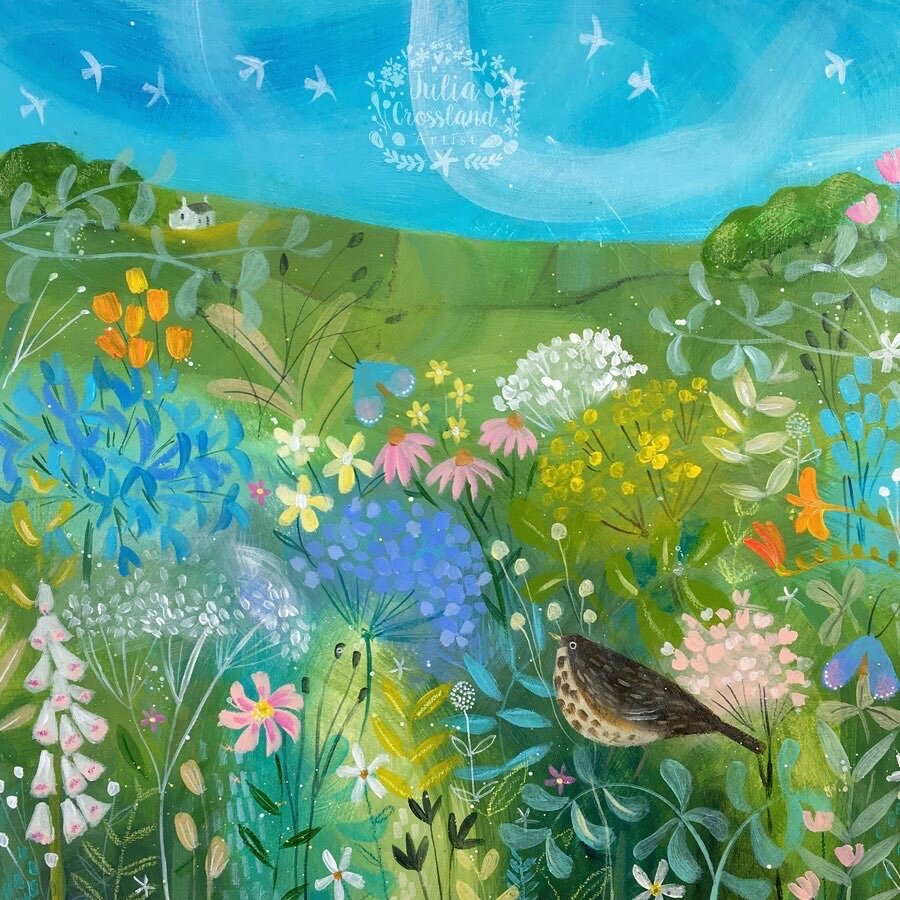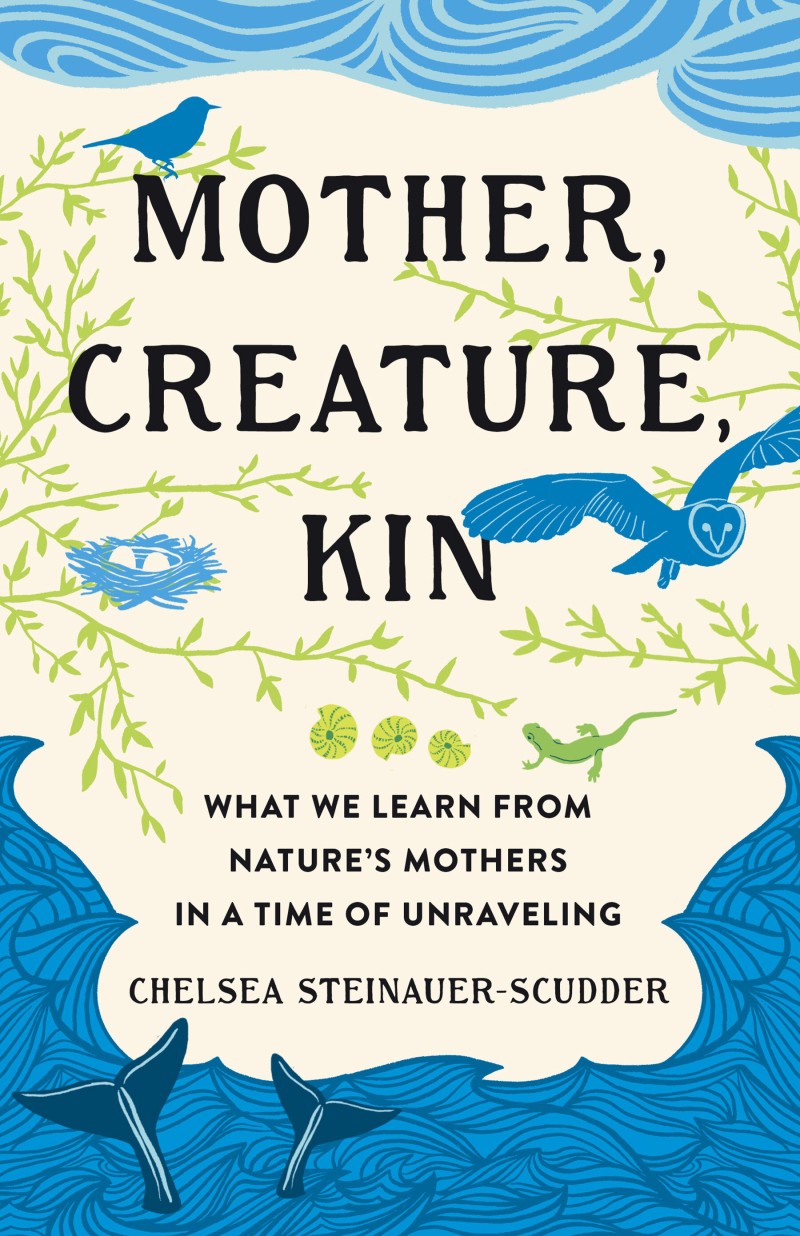How to Help Critically Endangered Polar Bears
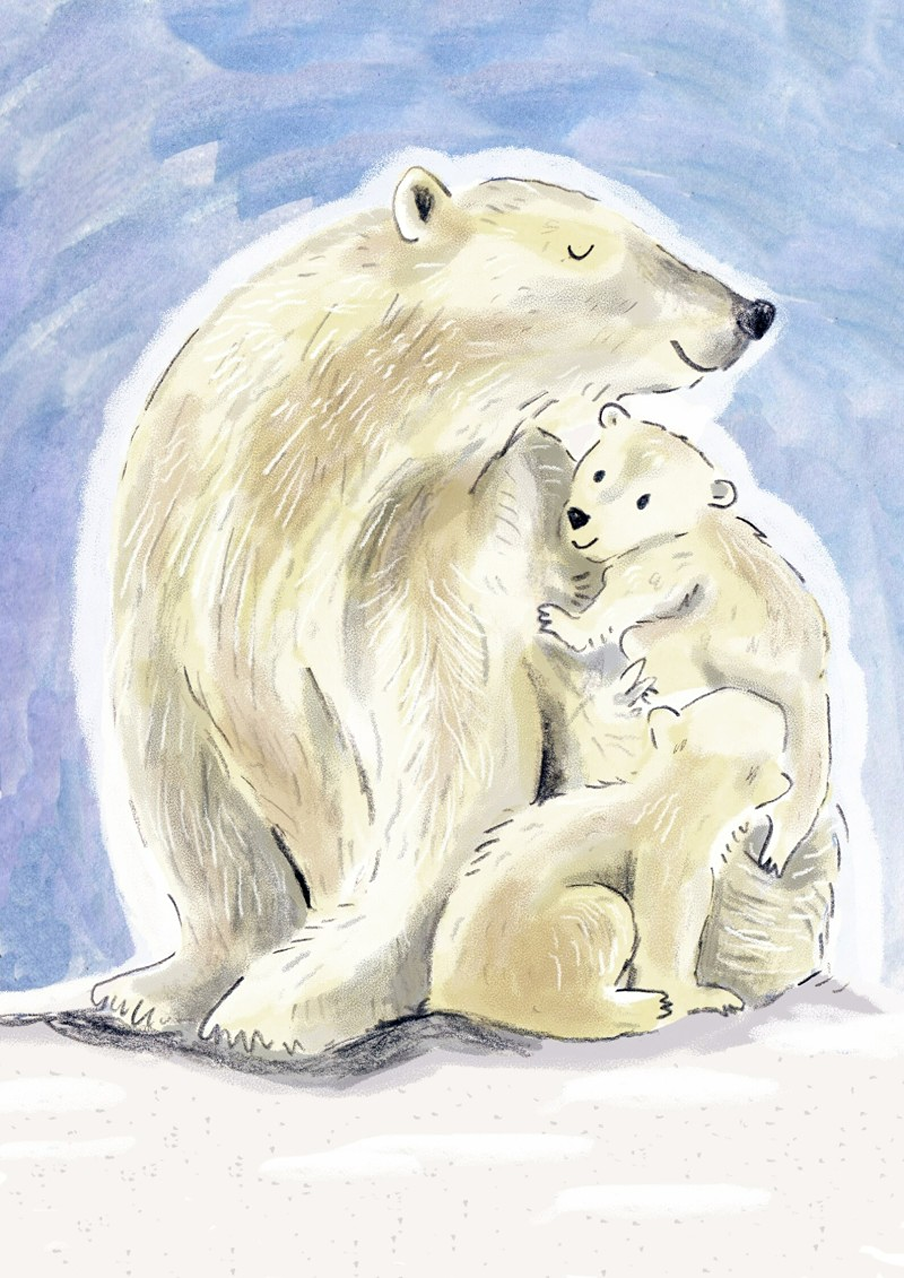
Polar bears are critically endangered, due to melting ice (which stops them hunting seals, their main food). This means they must swim longer distances, or wander onto land where food is scarce and they come into contact with humans (polar bears are also at risk from hunting and oil/plastic pollution).
Climate scientists say that if current planet trends continue, the Arctic could see ice-free summers (a death sentence for polar bears, as they can’t adapt to life on land).
The main way to help is to protect and preserve the Arctic Circle, leaving it free from pollution from oil and drilling for oil. This is why Trump’s recent decision to ‘drill, drill, drill’ is at risk of sending these amazing creatures extinct.
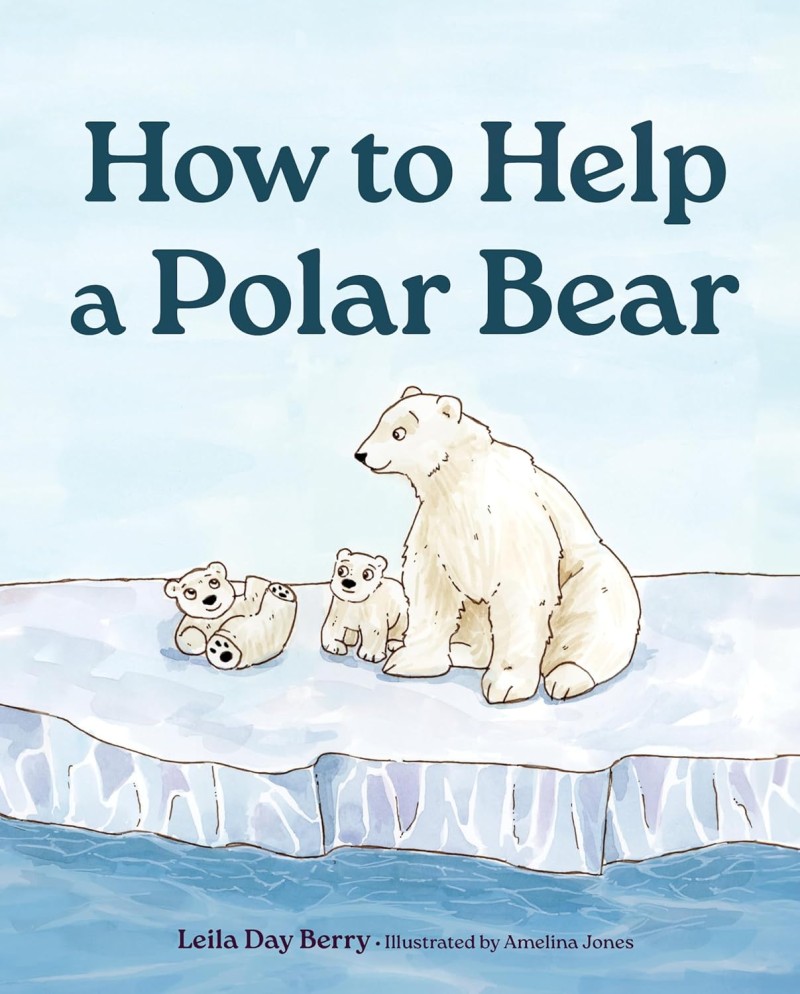
Polar bears are obviously not native to England, but there is lots we can do to help them.
-
- The best way to help is simply to live a simple sustainable life, to help prevent climate change.
- Use less oil (drive and fly less) and switch to green energy. Ecotricity is the only company that does not make green energy, from burning animal carcasses from abattoirs.
- Never visit zoos (polar bears have around 1 million times more space in the wild). There are plenty of wildlife ecologists helping to preserve natural habitats in their real homes.
- Use your vote. This is so important. Choosing politicians that stand up to the USA on policies like drilling for oil and gas (against advice of the Paris Climate Agreement) is what we need.
Beautiful Books on Polar Bears
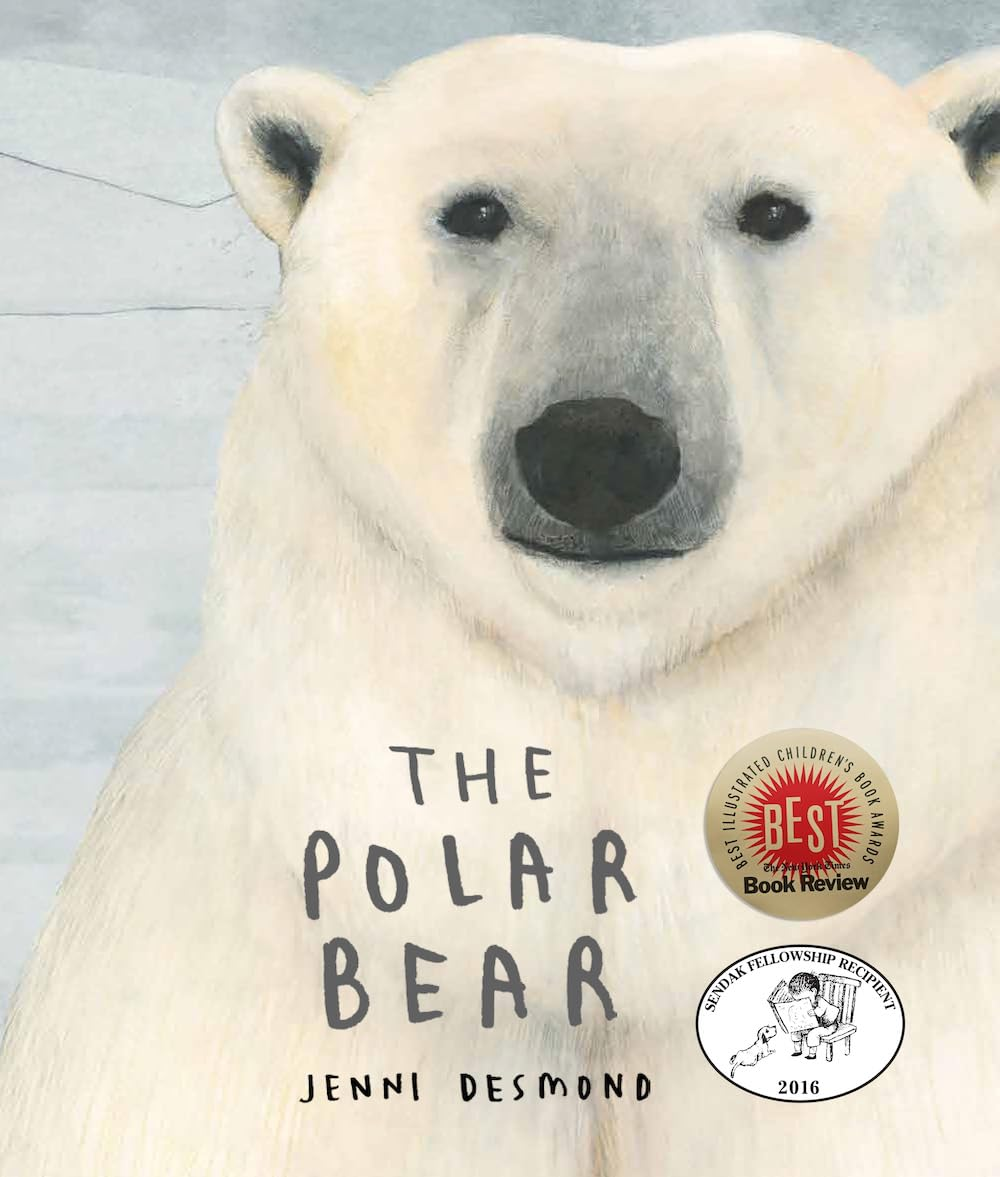
The Polar Bear is a beautiful book for children, illustrated by London artist Jenni Desmond. Not only does it offer inspiration to help these majestic creatures, but all information is scientifically accurate. Readers will learn:
- How polar bears actually have black skin
- How polar bears have built-in ‘sunglasses’
- Why polar bear paws turn inwards!
- Why polar bears don’t hibernate
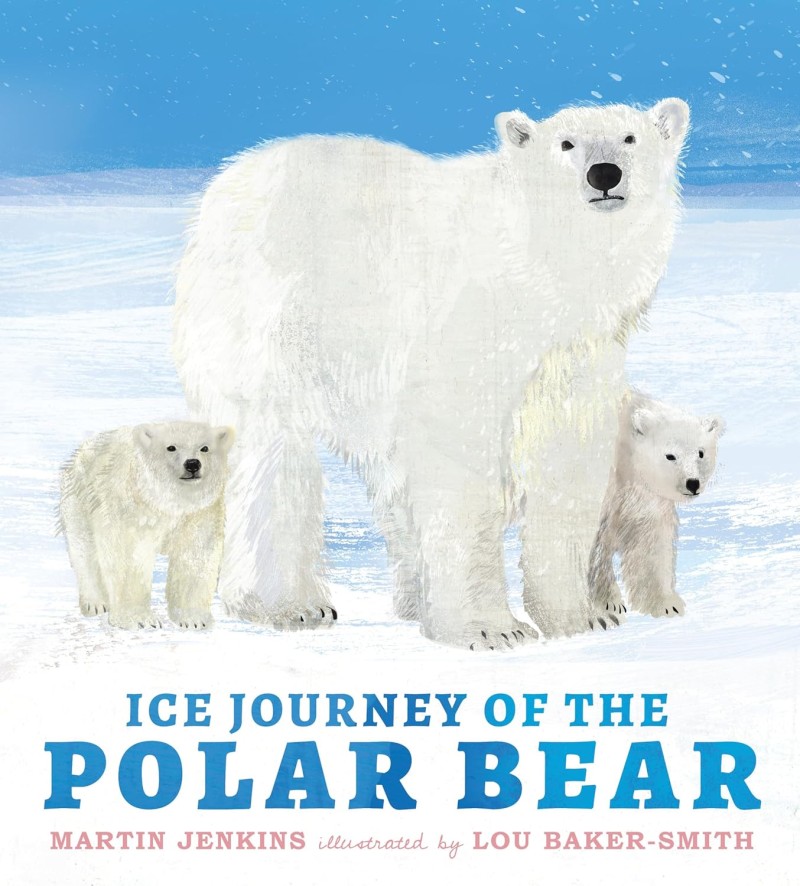
Ice Journey of the Polar Bear is a book to illustrate the effect climate change has on polar bears, with positive information on how we can all make a difference. As the first autumn of the season sets in, for this polar bear it’s time to make a den.
A safe place to sleep through the harsh Arctic winter, and to give birth to her cubs. But the familiar landscapes are melting. What kind of world will her cubs grow up in?
For humans, the Arctic is a harshly inhospitable place. But the conditions there are precisely what polar bears require to survive – and thrive. ‘Harsh’ to us, is ‘home’ for them.
Take away the ice and snow, increase the temperature by even a little, and the realm that makes their lives possible, literally melts away. Sylvia Earle

